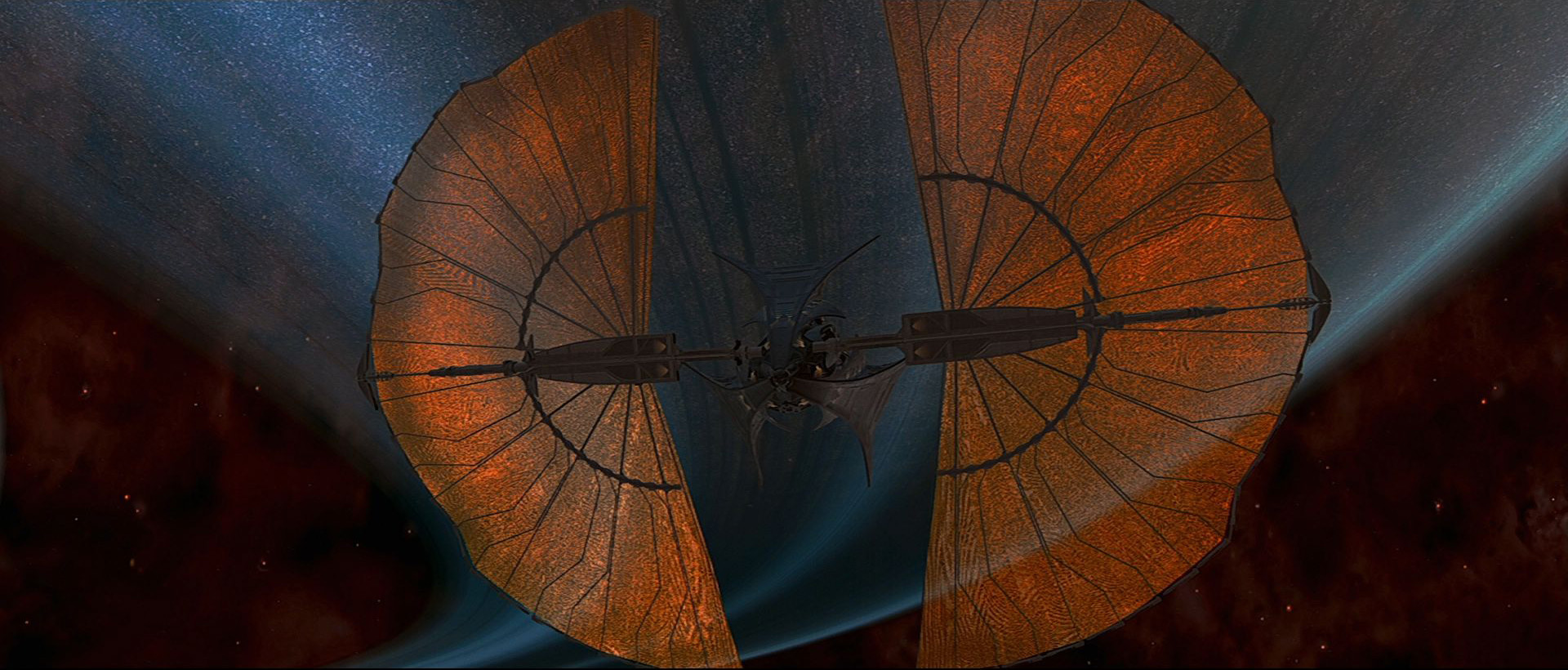|
Antimatter Man
Join Date: May 2004
Location: that interweb thing
|
Ring 'ripples' caused by comet
Quote:
Scientists say that strange ripples observed in the ring systems of Saturn and Jupiter were caused by comets.
The ripples, which the researchers say resemble the undulations of corrugated metal, were detected in both Saturn's rings and in Jupiter's lesser-known rings.
Alternating light and dark bands in Saturn's C ring captured by the Cassini spacecraft in 2009
The ripples in Jupiter's rings are believed to have been caused by the comet Shoemaker-Levy 9, which struck the planet in 1994. Details are published in two separate papers in the journal Science.
The researchers analysed images of Jupiter's rings taken by the Galileo spacecraft in 1996 and 2000 and by the New Horizons probe in 2007. They also looked at images of Saturn's rings taken by the Cassini spacecraft during 2009.
What they found were undulations that the researchers liken to a corrugated tin roof, which when lit from a low angle, appear as alternating dark and light bands.
This corrugation was found across Saturn's entire C ring, stretching for thousands of kilometres. It appeared to be part of a similar pattern observed previously in the fainter D ring. At least two separate spirals were meanwhile detected in Jupiter's rings.
They researchers believe they were been caused by debris, most likely from a comet, impacting rings, and tilting them.
"The material passes through the ring and basically causes the entire ring to be slightly tilted with respect to the planet's equatorial plane, and then it shears out to form this spiral pattern," said Dr Matthew Hedman of Cornell University in New York.
"There was the eureka moment when we realised we had a smoking gun”
Dr Mark Showalter
SETI Institute Over time, the corrugated spiral became more tightly wound, as the gravity of the planet pulled the rings back into alignment. However, completing the process could take decades, the researchers estimate.
The team was then able to rewind the process using mathematical models to give an estimated date of the impact event. For Saturn, they arrived at a point in 1983, but have not yet found a possible candidate comet.
With Jupiter, they detected at least two spirals and so possibly two impact events. When they wound back the process for one of the spirals, they reached a point in 1994, the same year of the Shoemaker-Levy 9 impact.
... continues
|
Thankfully, it wasn't a Son'a collector.


|
|
|
quote
|